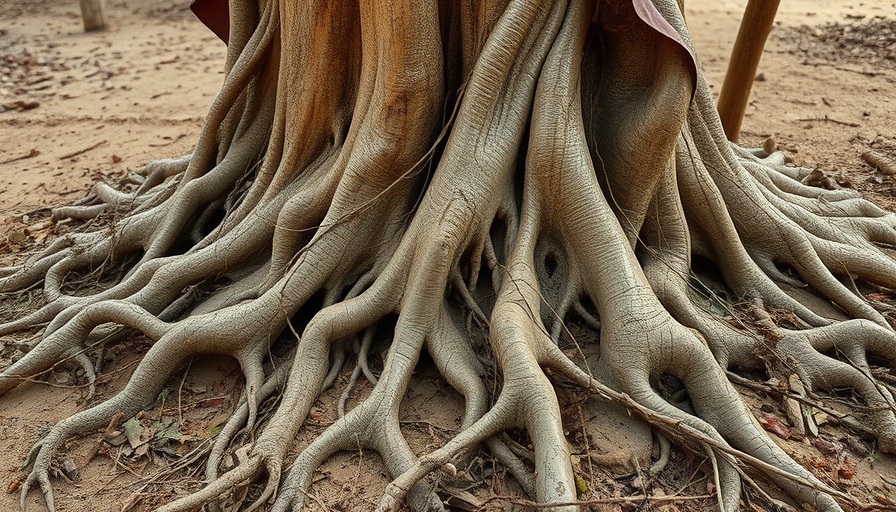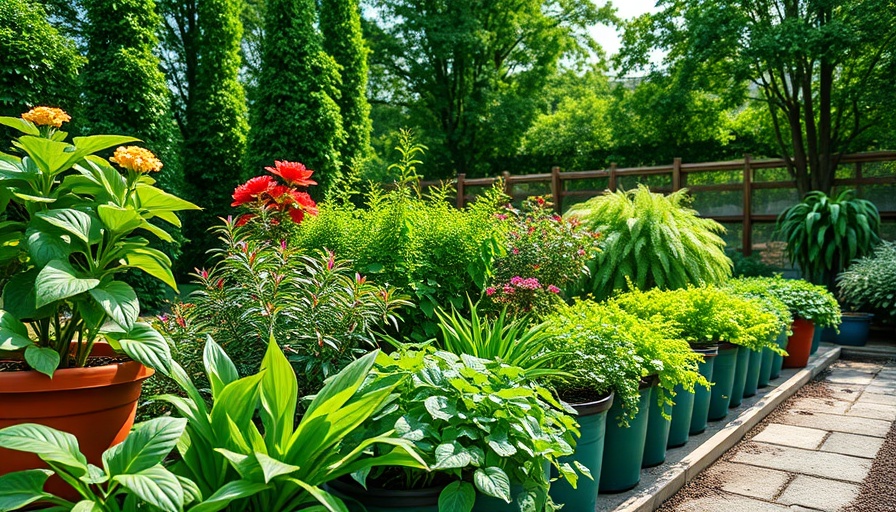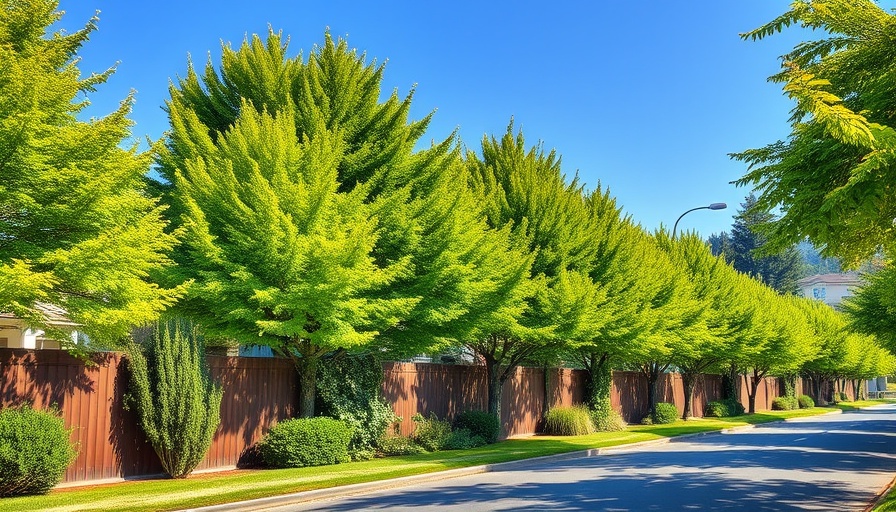
The Misconception Behind Landscape Fabric
Landscape fabric has long been marketed as the holy grail for gardeners fighting weeds, promising a seemingly effortless solution to a recurring problem. However, the reality is starkly different, as many gardeners find themselves grappling with unexpected issues that arise from its use. While it may initially suppress weeds effectively, it soon becomes a hindrance instead of a help. This article dives into the pitfalls of landscape fabric and why organic alternatives can be much more beneficial.
Understanding the Drawbacks of Landscape Fabric
At first glance, landscape fabric appears to offer a foolproof barrier against weeds while allowing moisture and air to reach the soil. However, this efficiency is short-lived. Eventually, organic matter settles atop the fabric, and seeds begin to sprout, infiltrating the very barrier that was supposed to keep weeds at bay.
In addition, the fabric can create a hostile environment for essential soil microbes and insects. The lack of oxygen and restricted water flow lead to declining soil fertility, while erratic temperatures can cause roots to overheat or become tangled, ultimately affecting plant health. Such issues underscore the importance of understanding gardening products instead of accepting them at face value.
Organic Mulching: A Superior Alternative
Instead of relying on fabric that can turn into a weedy mess, consider organic mulching techniques. Shredded bark, wood chips, or straw not only regulate soil temperature and moisture but also enrich the soil as they decompose. Moreover, these materials can suppress weeds effectively without the drawbacks associated with landscape fabric.
Applying a layer of organic mulch—about 2-4 inches—around your plants can also improve aesthetics while promoting a healthier ecosystem. Refreshing this mulch as it breaks down will keep your garden thriving and beautiful, while still minimizing weeding efforts.
Practical Tips for Successful Gardening Without Fabric
Gardening doesn't have to involve endless battles against weeds or complicated methods. Here are a few practical tips to improve your gardening experience without relying on landscape fabric:
- Embrace Companion Planting: Certain plant combinations act as natural repellents to pests or can even suppress weeds, enhancing overall growth.
- Regular Maintenance: Make it a habit to check for weeds early on. Frequent, quick weeding can prevent the bothersome growth that overwhelms gardens.
- Invest in Good Soil: Healthy soil equates to healthy plants! Regularly amend your soil with compost or organic matter to give plants the best chance to flourish.
Words of Caution: The Plastic Sheeting Dilemma
For those considering plastic sheeting as an alternative, it's important to be aware of its damaging effects. Plastic completely blocks water and air from reaching the soil, leading to severe root damage and increased soil temperatures. Looking into biodegradable alternatives or organic mulches is crucial for maintaining a healthy garden ecosystem.
Community-Driven Solutions for Your Garden
Gardeners form vibrant communities that share insights and experiences. By engaging with local gardening groups or online forums, you can explore additional robust strategies and learn about sustainable practices that enhance your gardening journey. From the latest techniques to age-old wisdom, community collaboration serves as a wellspring of knowledge that can lead to successful gardening without the reliance on fabric products.
Conclusion: Nurturing Your Garden Naturally
Ultimately, the art of gardening lies in understanding the natural systems at play and nurturing them to create a flourishing environment. By adopting organic methods instead of relying on landscape fabrics, you can enjoy a garden that not only beautifies your home but also contributes positively to the local ecosystem. Embrace organic practices and watch your garden thrive!
 Add Row
Add Row  Add
Add 




 Add Row
Add Row  Add
Add 

Write A Comment